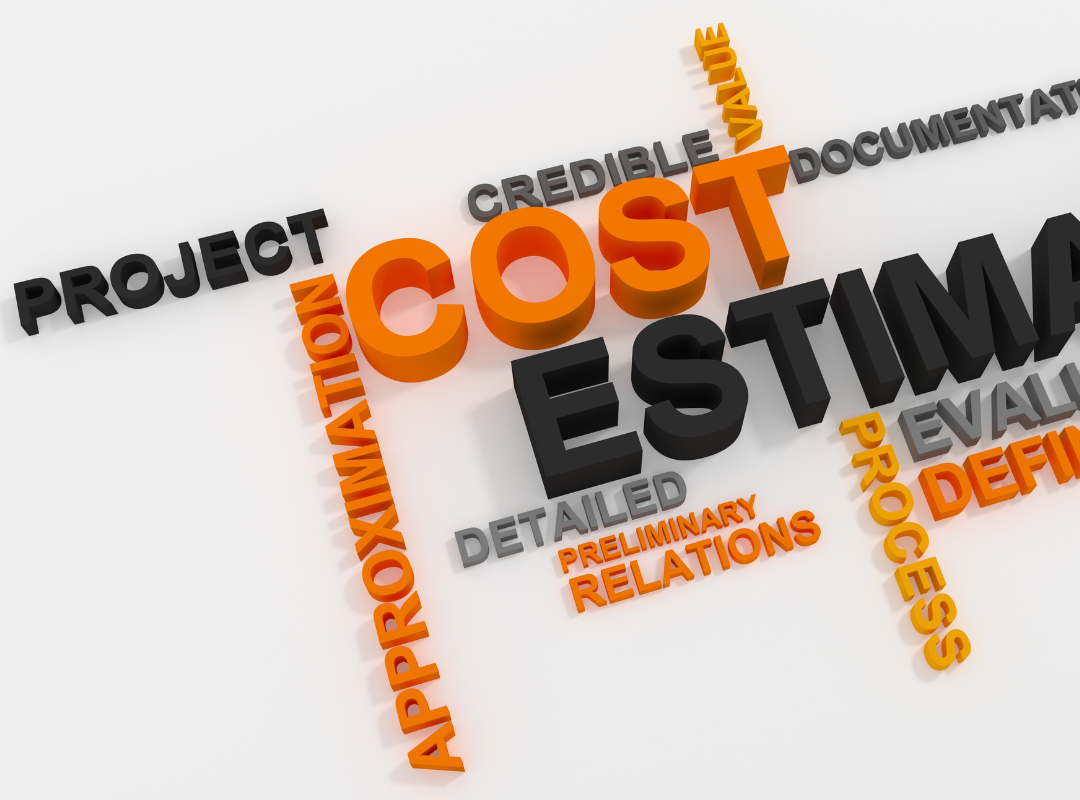When embarking on a new project, understanding how to estimate development costs accurately is essential. Whether you’re building a mobile app, web platform, or software solution, estimating costs upfront can help avoid budget overruns and ensure that the project aligns with your business goals. Let’s explore the key factors to consider, along with practical strategies for a reliable cost estimate.
Step 1: Define Project Scope and Requirements
One of the most crucial steps in estimating development costs is to clearly outline the scope of your project. Define the specific goals, key features, and functionalities you need. Are you looking to create a simple app with basic features, or do you need a complex platform with advanced integrations?
The more detailed your project scope, the easier it is to arrive at an accurate cost estimate. At this stage, it can be helpful to connect with freelance technical experts who can help refine your requirements and provide early insights. If you’re unfamiliar with finding the right experts, this guide on hiring freelance technical experts provides useful tips for finding skilled professionals suited to your project’s specific needs.

Step 2: Choose Between Hourly and Project-Based Rates
Once the project scope is clear, it’s time to consider the payment structure. Estimating costs can vary significantly based on whether you choose an hourly rate or a project-based rate for your developers. Hourly rates are best suited for projects with flexible or evolving requirements, whereas project-based rates work well for well-defined projects with a set scope.
Each payment model impacts cost management differently. For example, hourly rates can give you more flexibility but may lead to higher overall costs if the project takes longer than expected. On the other hand, project-based rates can provide cost certainty but may require careful planning to prevent scope changes that lead to additional expenses. If you’re weighing these options, this article on choosing between hourly and project-based rates offers a thorough comparison and can help guide your decision.
Step 3: Identify the Right Talent for Your Project
Selecting the right development team or individual freelancers can greatly influence project costs. Consider factors like experience level, technical skills, and past projects when evaluating potential candidates. Experienced developers may have higher rates, but they can often deliver higher-quality results with fewer revisions, which can ultimately save you money.
If your project requires a range of specialized skills, scaling your team with freelance talent can be a strategic move. Working with freelancers allows you to tailor expertise to project needs without the long-term commitment of hiring full-time staff. To learn more about managing costs while scaling with freelance talent, check out this resource on efficiently scaling your business with freelancers.
Step 4: Use Industry Benchmarks to Refine Cost Estimates
To make a reliable cost estimate, it’s helpful to compare your project requirements to similar projects in the industry. Research typical rates for developers with the skills you need, and consider average project durations for similar scopes. By establishing a benchmark, you can gauge whether your initial estimate aligns with what’s realistic in the market.
“A well-researched estimate isn’t just a number—it’s a plan that helps guide the project and ensures both parties align on expectations.”
Industry benchmarks also provide valuable insights into adjusting your budget according to the complexity of your project. A simple website will naturally cost less than a large, multi-functional platform, so having these benchmarks allows you to set appropriate expectations.
Step 5: Factor in Hidden Costs and Maintenance
When estimating development costs, don’t overlook potential hidden costs. These might include software licenses, third-party services, security testing, and ongoing maintenance. Additionally, once your project is live, you’ll need to budget for updates, bug fixes, and potential scaling, especially if user demand increases over time.
Conclusion: Estimating for Success
Estimating development costs requires careful planning, research, and clear communication. By defining your project scope, choosing the right payment structure, and selecting a skilled team, you’ll be well on your way to creating a successful project that meets both your budget and business goals. With a solid estimate, you’ll also build a more efficient partnership with your developers, ensuring a smoother process from start to finish.









